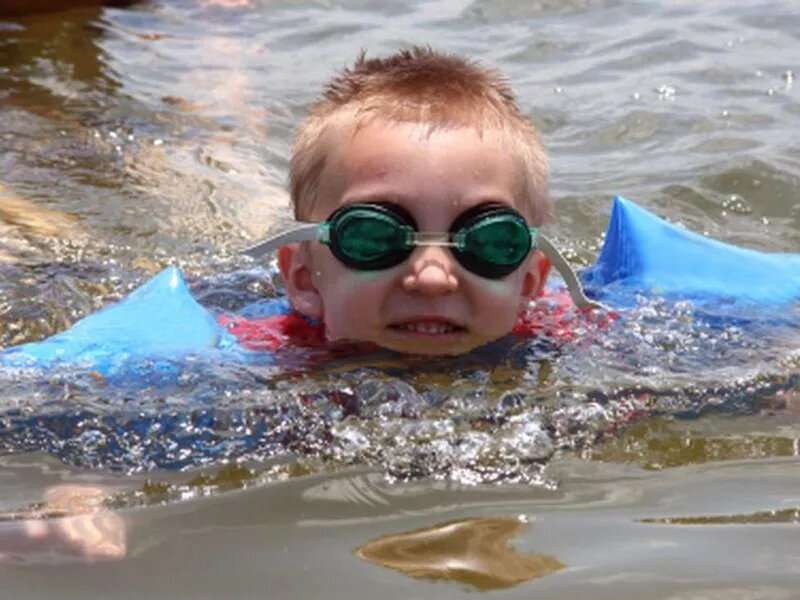Pandemic means many kids didn't get lifesaving swim lessons

Many children missed out on potentially lifesaving swimming lessons during the pandemic, so parents should enroll them in classes as soon as possible, the American Academy of Pediatrics (AAP) recommends.
"Drowning is the single leading cause of injury death for children ages 1 to 4, and it's one of the top causes of death for teens. In the summer, children often have more access to pools, lakes and other sources of water—all of which pose a drowning risk," said Dr. Sarah Denny, lead author of AAP's Prevention of Drowning guidance.
"Swim lessons teach children a life skill that could help save their lives," Denny noted in an AAP news release. "Research shows that formal swim lessons for children age 1 and older reduce the risk of drowning. Swim lessons are an important layer of protection to prevent drowning, in addition to pool fencing, close supervision and lifeguards while swimming, life jackets on boats and lakes, and CPR training."
All children and adults should learn to swim, according to the AAP. Children can benefit from swimming lessons as young as age 1, but parents should assess their child's maturity, health concerns, water exposure and readiness to decide if a youngster is ready for swimming lessons.
Close, constant, attentive supervision around water is crucial. Designate an adult "water watcher"—who should not be distracted by work or socializing—to constantly monitor swimming children, the AAP advises.
"When a young or unskilled swimmer is in the water, a water watcher or parent should be within arm's length. Even when a child has learned to swim, water watchers should keep them in view constantly while swimming," Denny said.
For toddlers, some of the biggest drowning risks are in the home. If you have young children, empty all buckets, bathtubs and wading pools immediately after use, keep the bathroom door closed and use toilet locks.
Pools should be surrounded by a four-sided fence, with a self-closing and self-latching gate. Pool fencing can reduce drowning risk by 50%, research shows. Additional safety measures can include door locks, window locks, pool covers and pool alarms.
"We can't drown-proof kids, so it's important to make sure that there is fencing and other barriers around water to make sure children can't get into water when unsupervised," Denny said.
Adults and older children should learn CPR, and all adults and children should wear U.S. Coast Guard-approved life jackets whenever they are in open water or on watercraft, according to the AAP.
It's also important for parents and teens to understand how using alcohol and drugs increases the risk of drowning while swimming or boating.
More information: There's more on water safety at the American Red Cross.
© 2022 HealthDay. All rights reserved.



















